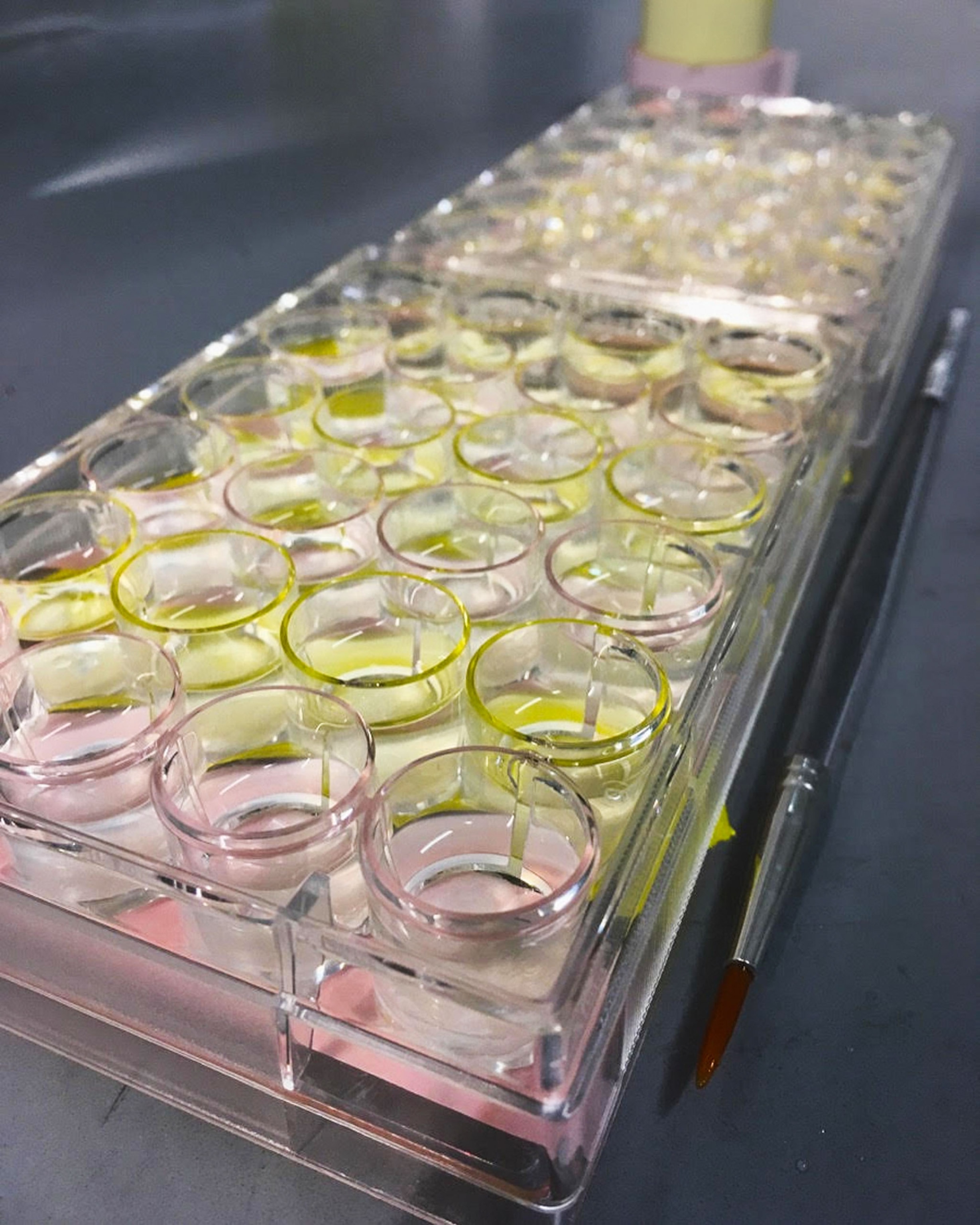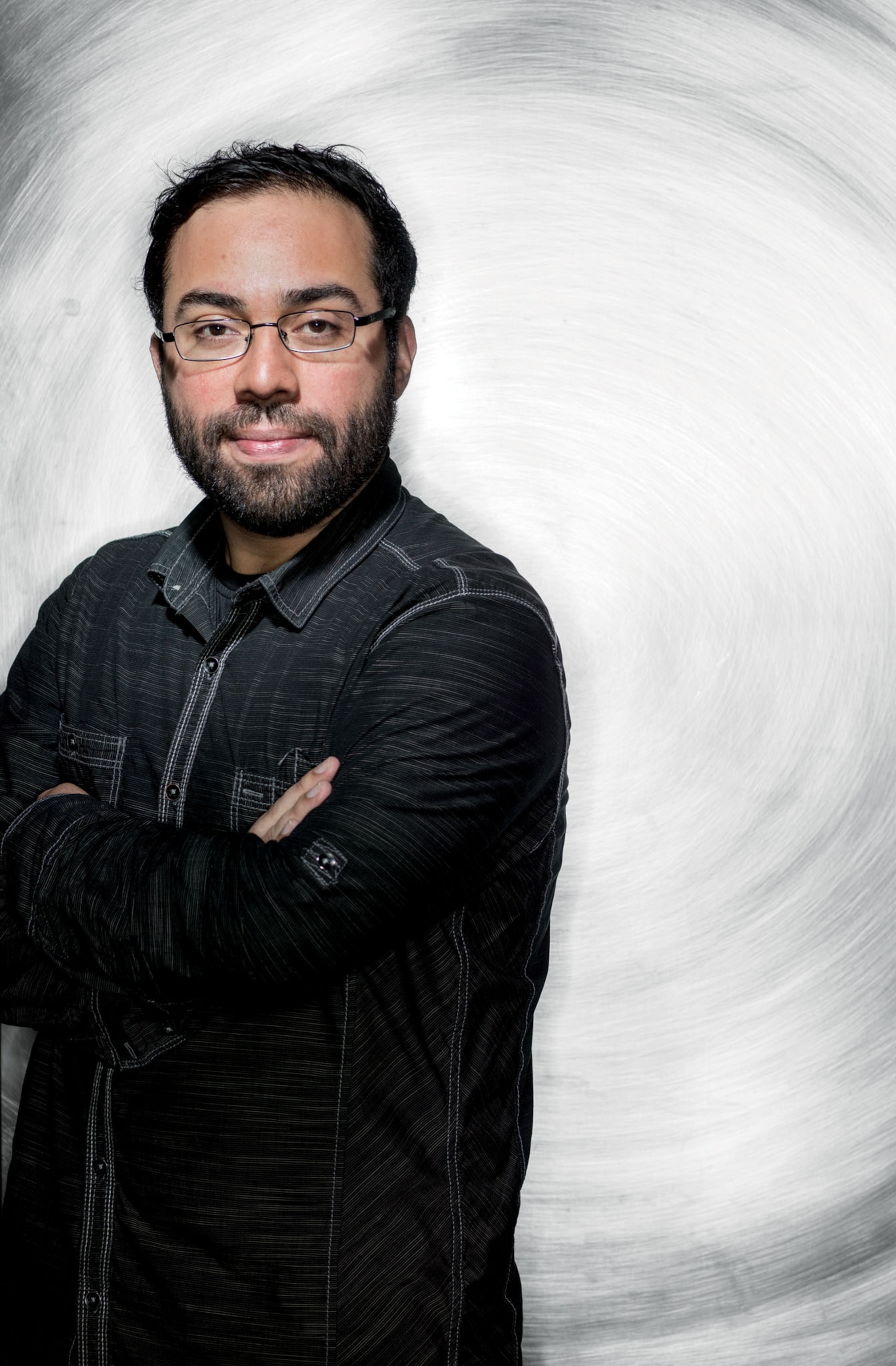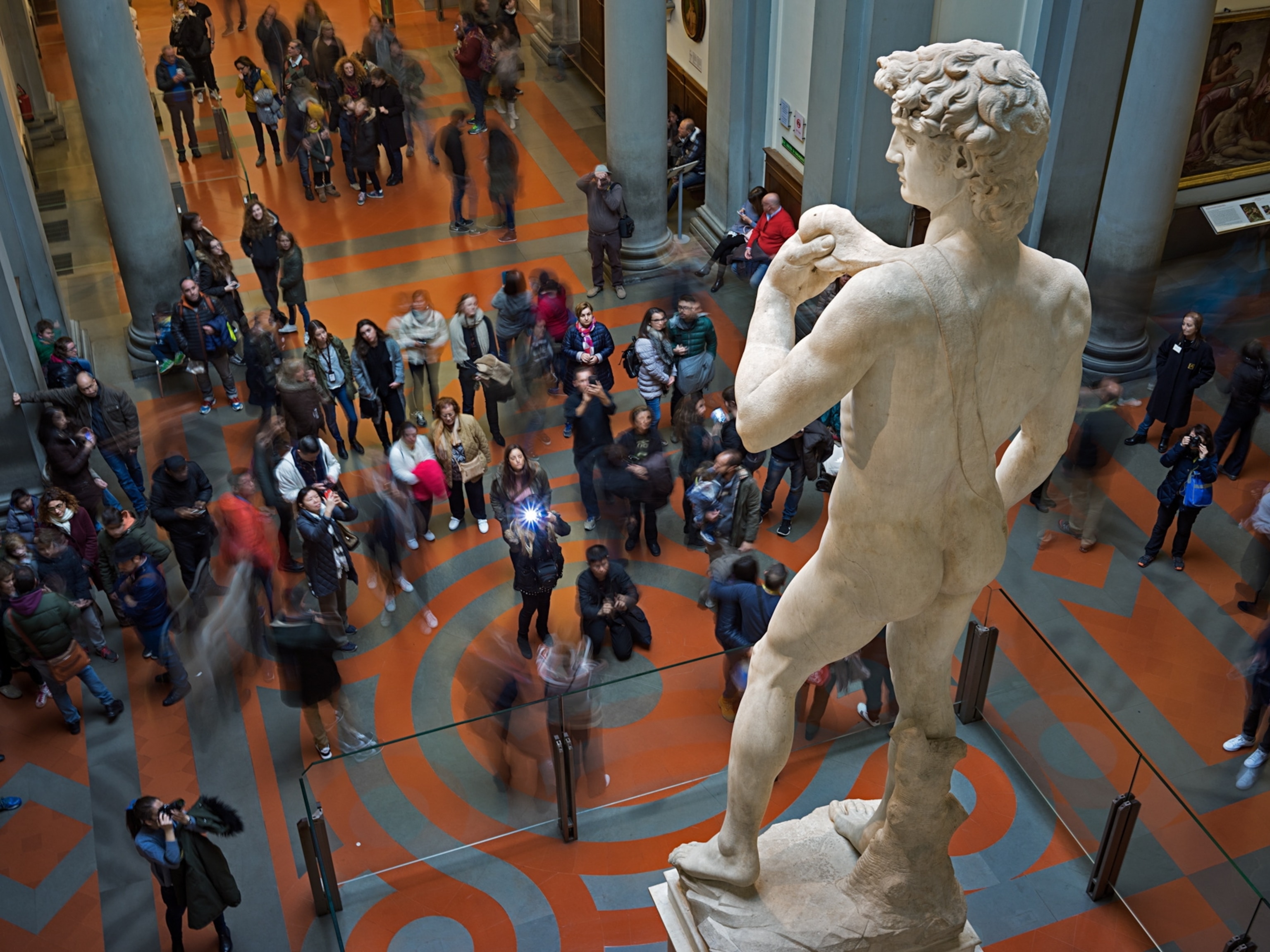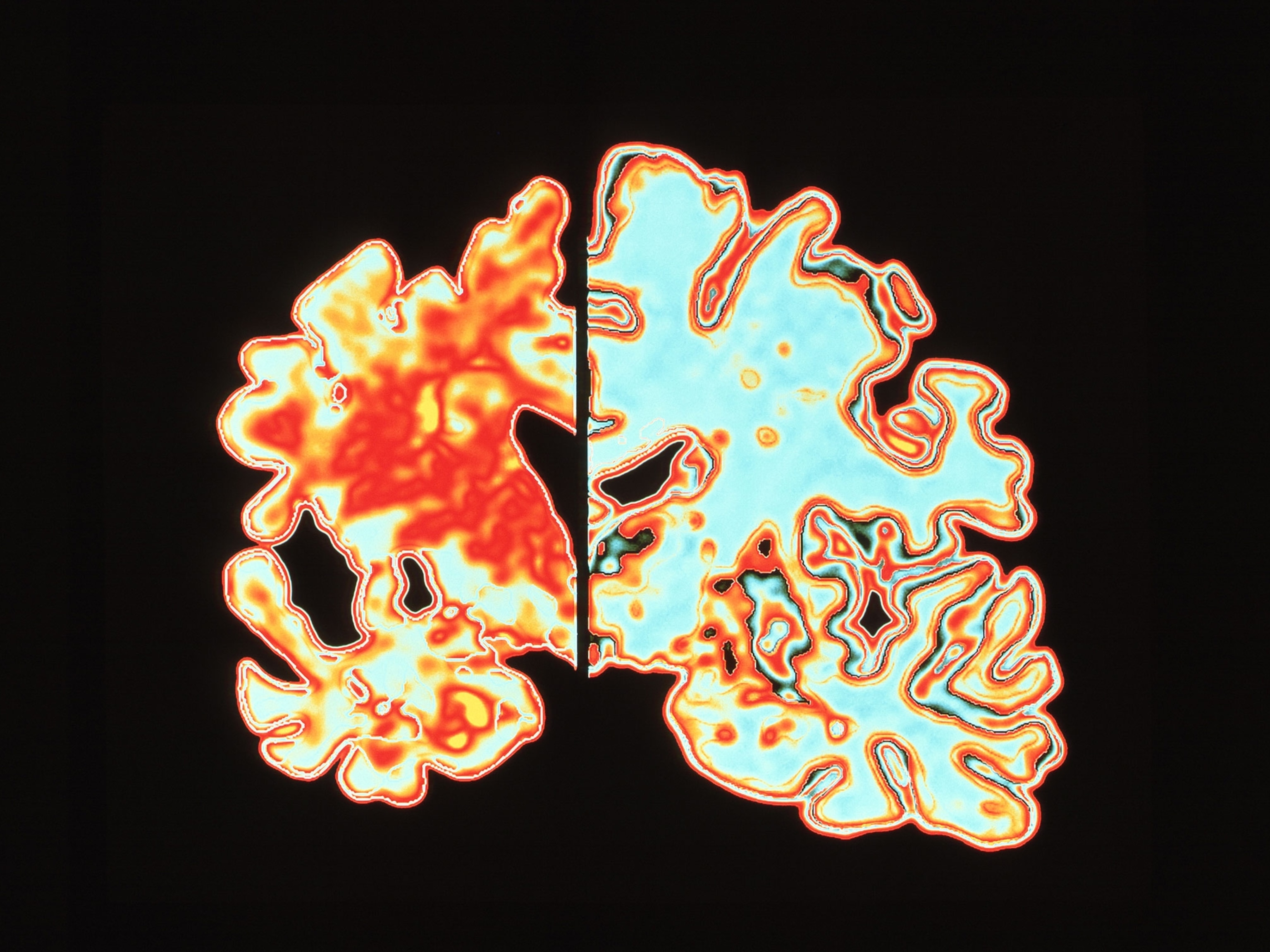When Steve Ramirez was in college, he was fascinated by all kinds of subjects—from Shakespeare to piano, astronauts to medicine. That made choosing a major difficult, so he decided to “cheat,” as he puts it. He would study “the thing that achieved everything that’s ever been achieved”: the brain. After he joined a lab researching the neuroscience of memory, he learned that every experience leaves physical traces throughout the brain. Those are memories, and they can be examined or even altered. “That idea enchanted me,” he says.


Now Ramirez leads his own lab at Boston University, and he’s figured out how to suppress bad memories by activating good ones. He and his team genetically engineer brain cells associated with memory in mice to respond to light. Then they create a bad memory—a mild electric shock—and watch the activated cells light up. Deactivating those cells would make the bad memory inaccessible or allow it to be overwritten by a good memory, such as social time with other mice.
Ramirez does not propose using this sort of “genetic trickery” to manipulate memories in humans. Instead, his discoveries about memory could inform how patients with post-traumatic stress disorder, anxiety, or depression are treated. “We want to understand how the brain works; we want to understand how memory works,” he says. “It’s like, the more we know how a car works, the better equipped we are to figure out what happens when it breaks down.”





